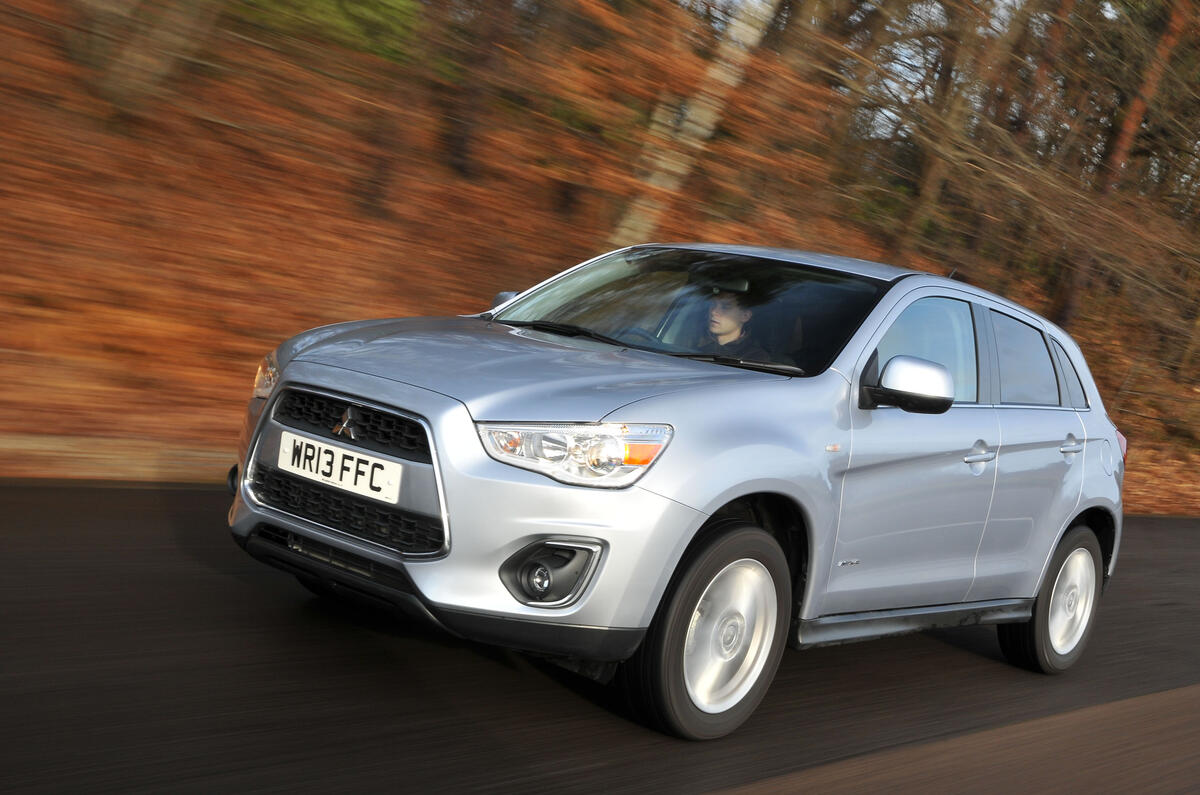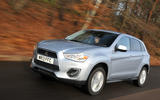A quick glance at the Mitsubishi ASX’s exterior confirms that it is a predictable application of Mitsubishi’s corporate design language.
The front grille has been stretched to fit the tall SUV proportions and sits in a front end that incorporates an energy-absorbing bumper and plastic wings in order to achieve a strong EuroNCAP pedestrian rating – it achieved a creditable 60 per cent.
The basic architecture beneath the ASX’s body is the same as that used for the larger Mitsubishi Outlander, with MacPherson struts up front and a multi-link set-up at the rear.
Using the bigger car’s platform does, of course, cut manufacturing costs but, in practice, the ASX loses nothing from having to share its underpinnings. The longer wheelbase allows for good interior space and gives the ASX some of the shortest overhangs in the class.
A pronounced crease along the side of the ASX enhances the rising windowline and is intended to make the car look like it is moving, even at a standstill.
Mitsubishi claims that the position and shape of the headlights help to express the company’s jet fighter-inspired styling theme better. We’re unsure about that, but they illuminate the road well.
The chrome surround that frames the gaping grille is more substantial than the versions that appear on other Mitsubishi models, while the bonnet has been designed with two bulges, not only to improve pedestrian impact safety but also to make it easier for the driver to judge the corners of the car.
































